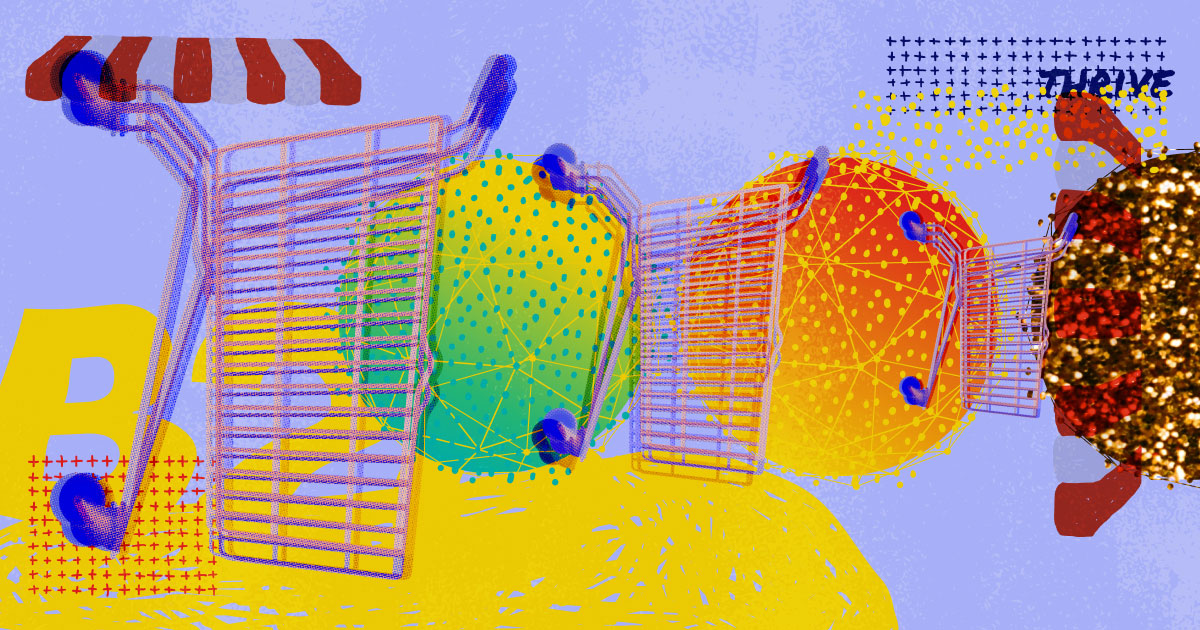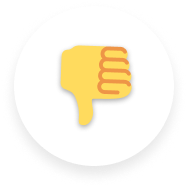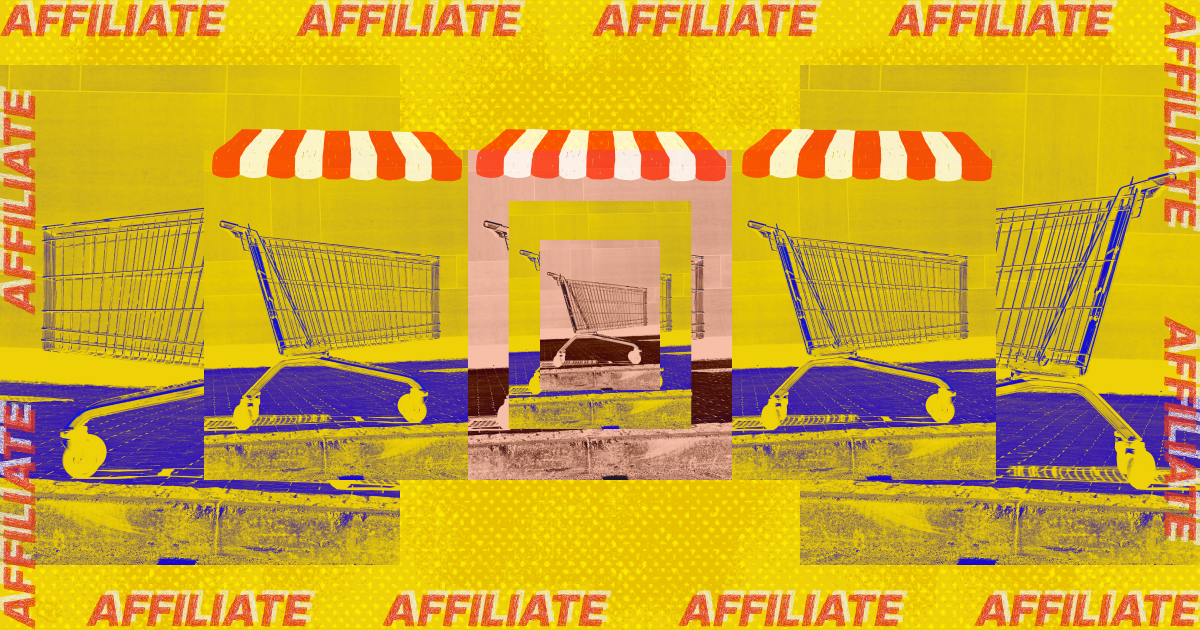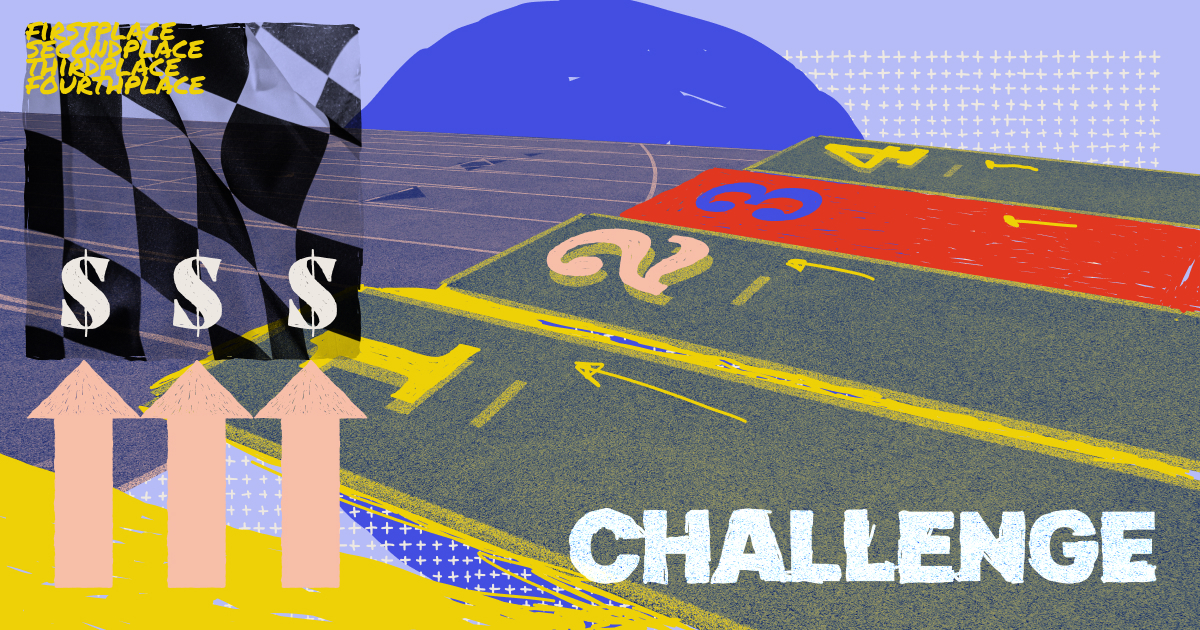Welcome to the golden age of ecosystems — where leaders in B2B SaaS are leaning right into partner ecosystems and creating an industry-wide understanding of exactly what these are and how they work.
At a high level, a SaaS partner ecosystem is a network of companies, functions, and channels working together to create a self-sustaining system that provides better solutions for customers.
At the center of many partner ecosystems is an app marketplace, where a platform solution lists all of the products and services that integrate with and extend it. With a surging interest in partner ecosystems in 2022, it’s critical to understand just how app marketplaces help B2B ecosystems thrive, whether you’re just getting started with them or have been listed for a while.
Wait, what exactly is a partner ecosystem and how does an app marketplace fit within it?
First, what is a partner ecosystem? PartnerStack defines a partner ecosystem as:
“... a network of businesses who serve similar audiences but are not competitors and may thus benefit from collaborative marketing and sales strategies. Partner ecosystems help businesses serve their customers’ needs in ways that they can’t necessarily do themselves through their own technology.”
As people and businesses adopt more technology, they must find better ways to find, buy, integrate, and use it. A leading marketing technologist, Scott Brinker, creator of the annual MarTech landscape visualization and the VP of Platform Ecosystem at HubSpot, was a featured speaker at Ecosystem Week 2022 and presented What the Decade of Martech Teaches Us About Business Today. At the event, he argued that the great app explosion has led to a structural change that enabled us to make and use so many products without creating a bubble that will burst.
The structural change is that there are now layers of technologies that stack well on top of one another. At the bottom of the stack are the tech platforms — cloud platforms like AWS, API platforms like Twilio, and app platforms like Salesforce — and atop the stack are specialist apps like Unbounce and custom apps.
Brinker marvels at the fact that these platforms enable developers more consolidation at the bottom of the stack, bringing greater diversification to the top of the stack. “The platforms actually facilitate the development of more specialist apps — these platforms tend to have a fair amount of reach from a distribution perspective,” explains Brinker. “Their ability to offer things like marketplaces to help their audiences discover and integrate specialist apps provides a channel for the specialist app as well.”
Platform ecosystems help companies move beyond the choice of an all-in-one suite and multiple best-of-breed vendor solutions and get the best of both worlds: breadth and depth, according to Brinker.
For software businesses, there’s an opportunity to start your own app marketplace or partner in another’s app marketplace — or both. Convenience is a major driver of the spending flow into B2B marketplaces. Forrester found that 60 per cent of customers appreciate the convenience of marketplaces. When you use a software product that is a platform with an ecosystem, it’s a lot easier to add software products and services to the platform from their marketplace than to find and buy them elsewhere and then integrate and apply them. It’s faster and more convenient to do in an app marketplace because much of the work has already been done for you. Because of this, we’ve seen a rapid rise in app marketplaces.
Let’s look closely at a real-life example of arguably the most well-known B2B SaaS partner ecosystem: Salesforce and its AppExchange.
Read more: Ecosystems 101: here's what to expect if you launch your ecosystem this year.
.jpg)
A real-life example of an app marketplace within a partner ecosystem: Salesforce and the AppExchange
In practical terms, it’s easier to implement a platform like Salesforce and extend its functionality by integrating several specialist apps through the Salesforce AppExchange than to implement two platforms like Salesforce and try to make them work together. The ability to add more specialist apps to a platform with relative ease is largely thanks to open APIs and app marketplaces.
The Salesforce business partner ecosystem is one of the first and most successful examples of a SaaS ecosystem. The Salesforce ecosystem is comprised of the AppExchange Marketplace and a network of different partners, which for Salesforce are “consulting partners, digital agencies, independent software vendors, resellers and Salesforce developers.”
The origin of the Salesforce ecosystem goes back nearly 20 years. According to TechCrunch, the Salesforce ecosystem and AppExchange evolved from an idea came from none other than Steve Jobs:
Parker Harris told me (Ron Miller, TechCrunch) that the idea for the app store came out of a meeting with Steve Jobs three years before AppExchange would launch. Benioff, Harris and fellow co-founder Dave Moellenhoff took a trip to Cupertino in 2003 to meet with Jobs. At that meeting, the legendary CEO gave the trio some sage advice: to really grow and develop as a company, Salesforce needed to develop a cloud software ecosystem. While that’s something that’s a given for enterprise SaaS companies today, it was new to Benioff and his team in 2003.
Fast forward to 2022 and Salesforce has more than 3,000 apps and components on offer in its AppExchange, with over 90 per cent of customers having at least one app installed, totalling over 10 million installs to date. According to Velocity Partners. Salesforce is predicting its ecosystem number will grow to nearly six times the revenue of Salesforce's platform by 2026.
More software companies are following in the footsteps of Salesforce to develop their own cloud software ecosystem. Given that the Salesforce AppExchange has been around for more than 15 years, it begs the question: what’s driving so many software companies to decide that now is the time to invest in their ecosystem?
Shifting into a new world of revenue-driving potential
With B2B SaaS buyers increasingly buying indirectly through third-party channels, it seems a way forward for SaaS companies facing economic headwinds that are making it even harder to compete for tightening software budgets. These partner-savvy companies are the ones who are setting themselves apart from the competition and attracting new customers by providing access to other products or services within the network without needing to leave one platform or service for another. In addition, partner ecosystems help companies build stronger relationships with their partners, which ultimately helps them grow together over time.
G2, a business software review site known by nearly all B2B SaaS buyers, found how important partner channels are for today’s buyers. One of the three themes to emerge from the 2022 G2 Software Buyer Behavior Report was the rise of third-party buying. G2 found that while the number of B2B buyers preferring to buy directly from vendors is down nine per cent from last year, third-party marketplaces are up six per cent, and value-add resellers are up four per cent.
What stands out with ecosystems in this new world is their revenue-generating potential. Revenue scalability is much higher in an ecosystem than in a standalone product. Forrester has found that the average cloud deal creates a 5x multiplier for partners — that is, for every dollar the vendor collects for its product, around $5 goes to its ecosystem for services and add-on hardware and software.
The world’s largest software companies already realize the revenue-multiplying power of ecosystems:
- Shopify’s App Store earns 4x the revenue of Shopify’s platform
- Hubspot’s ecosystem earns 5x the revenue of Hubspot’s platform
- Google Cloud is forecasting 7x the revenue of its platform
- Microsoft is forecasting 9x the revenue of its platform
By next year, the overall marketplace market could account for 17 per cent of the $13 trillion in B2B spend, according to a prediction by Forrester.
As app marketplaces are proliferating, so are SaaS platforms and specialist apps. Brinker called it “The Great App Explosion” at Ecosystem Week. If we consider the marketing technology landscape within SaaS, we can see just how many products in SaaS MarTech have come to the market over the past ten years.
Related: The golden age of ecosystems.

The value of app marketplaces in SaaS partner ecosystems
App marketplaces can be a vital component of a partner ecosystem. Industry experts like McBain see the marketplace as an opportunity for traditional resell-based partners to connect with ecosystem partners. The app marketplace attracts alliances, affiliates, advocates, ambassadors and other key players and functions of a strong software ecosystem and gives them a space to interact, connect and level up their own offerings.
Velocity Partners is calling B2B ecosystems marketing “a huge trend in B2B tech that’s been happening almost in the background… the rise of platform ecosystems — specifically SaaS app stores, the collections of more-or-less-easy-to-integrate, third-party apps, tools and widgets that let customers get more value from the platform they paid for.”
App marketplaces as a component of partner ecosystems are moving into the foreground. In the 2021 State of Cloud Marketplaces report by Tackle.io, they noted that the year’s takeaway was the growth on these types of marketplaces, “The uptake on adoption of Cloud Marketplace buying and selling is clear and has shifted from an early adopter pattern to a mainstream part of GTM systems,” the company reported.
It can seem like an overwhelming, unsustainable amount of software products. G2 now has over 100,000 solutions listed. B2B SaaS buyers need to find and integrate the most relevant solutions to their needs — no small feat as the number of available apps balloons.
Many of us are adopting new software products so often that it can be hard to believe how many we now use. According to Reforge, organizations used an average of eight SaaS apps in 2015, compared to 12 in 2016, 16 in 2017, and in 2022, companies that run entirely on SaaS now use an average of 34 apps. In other words, we’re using four times as many SaaS apps as we did just seven years ago.
As we move toward the mainstream adoption of B2B app marketplaces, we also see more companies create their app marketplaces. No longer limited to the tech behemoths like Google, Microsoft, and Salesforce, there are dozens — if not hundreds — of app marketplaces in B2B SaaS, and there’s still lots of room for growth.
OpenView Venture Partners has pointed out that more than 35 per cent of Forbes’ Cloud 100 companies, including scaling companies such as Snowflake and PagerDuty, as well as startups including Astronomer, CloudZero and others are embracing the shift to marketplace — giving them access to $250B+ of committed enterprise spend that shares a pool with all the major public cloud providers.
As cloud marketplaces cross the chasm from early adopters to the majority, the importance of marketplaces will continue to grow.
This is how to get started with app marketplaces
If you see the potential of B2B app marketplaces but don’t know where to start, consider tapping into other marketplaces first.
Look into which platforms your customers use to get listed on app marketplaces. It’s a quick and easy way to help more of your prospective customers find and use your software.
Tom Higgins, Head of Product Marketing at Voxpopme, sees the value of partner ecosystems and understands how the integrations made through them offer software solutions for end users. He integrates their video surveys platform with Zoom, and also has it listed on their app marketplace. “It just makes sense because many market researchers and marketers already use Zoom for customer interviews,” he explains to us. “So, why not make the import and analysis easy for them as well? In short, connecting with the right partners and marketplaces makes sense to build those meaningful relationships with customers.”
Keep reading: Become a T-shaped ecosystem leader.
.jpg)
Going one step further: getting listed in partner marketplaces
If you’re looking for affiliate and referral partners, you can get listed on partner marketplaces like the PartnerStack Marketplace.
If you’re looking to go beyond affiliate and referral partners to find reseller partners, then consider the Pinnacle program to get listed on both the PartnerStack Marketplace and Ingram Micro Cloud’s marketplaces to partner with and be seen by global resellers, managed service providers, and B2B affiliate and referral sources.
Of course, some may even opt for launching their own app marketplace for their SaaS platform, Some software vendors provide app marketplace technology, such as AppDirect, BuiltFirst, PartnerFleet, CloudBlue, and Pandium. Once you have made your app marketplace, you’ll need to populate it with app partners. To do so, consider the wise words of Aircall, which has built an app marketplace with over 75 app partners: “The question isn’t, ‘How will this partnership benefit me?’ but, ‘What kind of partnerships serve customers best?’”
The revenue boost will follow if you build an app marketplace that serves your customers' needs.
Learn more about ecosystems and app marketplaces
If you didn’t catch Ecosystem Week by PartnerStack × PartnerHacker in June, check out the recordings to get caught up on what more than 1,500 of your SaaS peers already learned about partner ecosystems.
Then tune into the PL[X] Summit November 7th to 11th, 2022, to learn how partnerships can go beyond a department to a strategy for every department, from product to marketing to sales to customer success. Even a startup itself can take a partner-led strategy. 5,000 of your peers are expected to be there online, and you can get your free ticket to it today.











